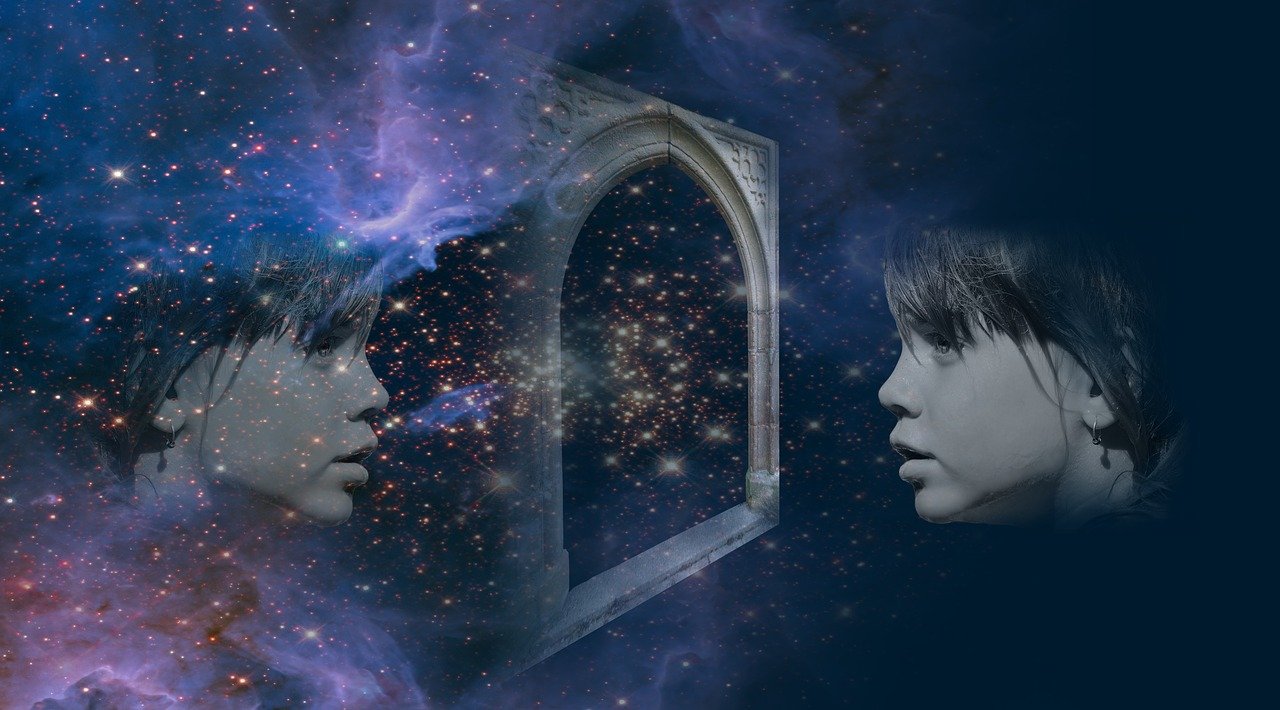In Buddhist practice a major part of the practice is the investigation and letting go of self. Letting go of self? What is all that about? We’ll it is a tricky area to get to grips with but I’m going to have a go at conveying it to you in this post and maybe you’ll touch the sides of this liberating practice.
So, ask your self a question, what am I, who am I. It’s a pretty big question isn’t it. There are many aspects to us, that make us. Actually that make us unique to everyone else.
An advanced practice in Buddhist meditation is the 6 element practice. Here we examine the very makeup of who we are, at a direct, experential level. We go into the Earth, Air, fire water, space and finally conciousness.
The First five of those elements are reflected in our body. Working with pure awareness, we work through the body scan and use pure awareness here. Mind will interfere. Thoughts will come in. Expectations may arise, visualisation may occur.
So we examine our bodies through pure awareness. But let me ask you a question. Who is aware, who is doing the watching? Because that’s what this practice is really all about. Getting in touch with the watcher.
All this leads us to an interesting place. At first the answer to this question of who is watching might seem obvious. It’s my conscious mind that is watching. It is this that sees and feels. This is of course the 6th element of the 6 element practice. Honestly, the conscious mind is probably the place where most people think that there is a sense of me or I. That makes sense. We have our memories here, our beliefs, our habits and even perhaps our character.
But just ponder for a moment this sense of ‘I’. If there was something I could point at and say that’s me, wouldn’t it be something with a sense of permanence about it? Something that has been there right through my life? My memories have built up through me life, just like my body so I can’t really say my memories are ‘me’. They are just a record of my life experience. What about my character? My beliefs, my habit? Is that ‘me’. Through meditation we start to notice these manifesting in the mind. When we do this, we start to see even their impermanent nature. They start to lessen.
In the first meditation, we used our pure awareness to focus on the body. But we can also do this with the mind. This is the real heart of meditation. The awareness can see the mind, watch the mind. See how thoughts are bubbling up, see how emotions spawn thoughts and those thoughts increase and activate emotion. We watch how memories come in to the mind, spawning more thought and more emotion. We can study all of this, going on, with awareness. Essentially we are watching the stream of consciousness in the mind. So, if these aspects are ‘me’ then I am directly experiencing ‘me’.
Ok, all well and good. Now let me ask you a very interesting question, if awareness is watching ‘me’, who is awareness, what is awareness? THIS is the crux of this practice. Now we don’t tackle this with academic thinking. We can really tie ourselves in knots if we do that. What we are doing here is experiencing awareness itself. It’s almost like have our own eyes looking back at us, inside our minds.
In this meditation you might touch the corners of this idea of letting go of self. Because by examining all those mental qualities that we normally view as ‘I’, then introducing the direct realisation that actually we are observing those things, it makes us realise that ‘I’ can’t be those things because surely I am the observer. So we then try to get in touch with that observer we find we can’t definitively say that the observer is ‘me’. We get in touch with the awareness, but it doesn’t feel so personal. We are able to direct awareness to the body or parts of the mind. But all those aspects that previously we have thought of as ‘me’ no longer feel that way. Because there is now another observer involved. Who is that? What is that?. In this way, our notion of self starts to evaporate. This is a long and liberating road and we can’t experience it to its fullest extent in one sitting. But we can touch the sides of it.
We use the mindfulness of breathing to establish a concentrated state of mind and then turn the mind on itself. To look head on at the nature of awareness and see if we can experience the answer to the question. Who is watching, what is watching. Just as we did in the body scan, we notice when mind interferes. We notice when thoughts come up, expectation arises, visualisation occurs. We let that go. We are using pure awareness.
Who is watching, what is watching.

